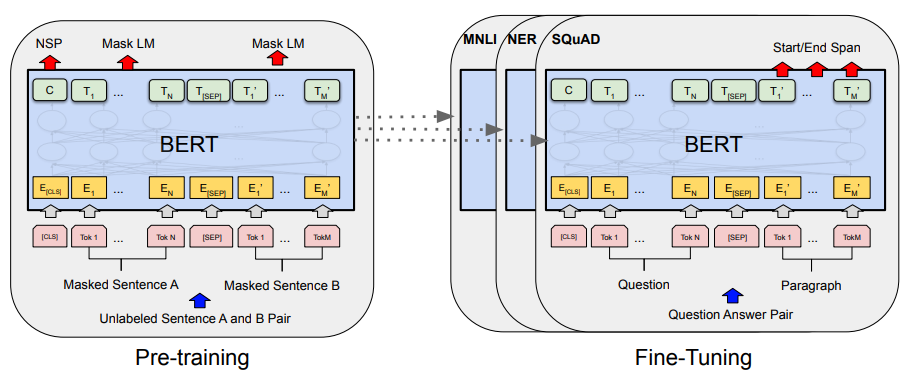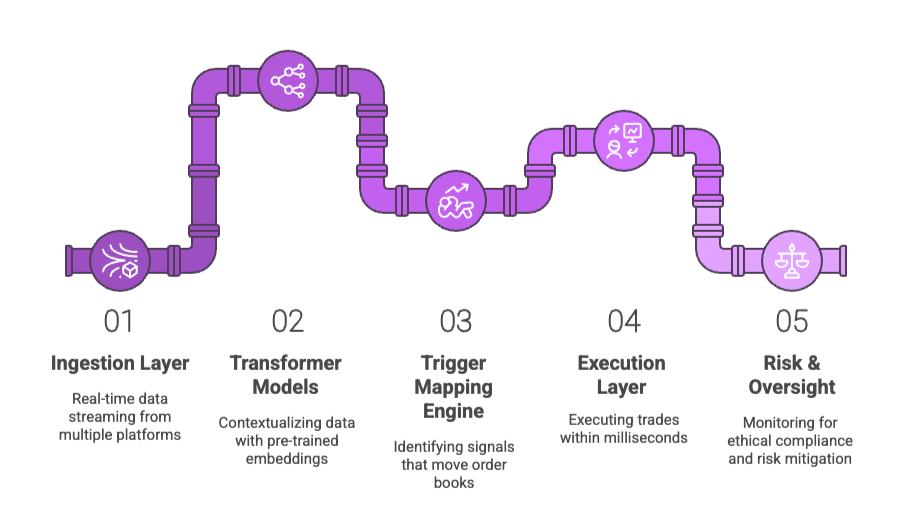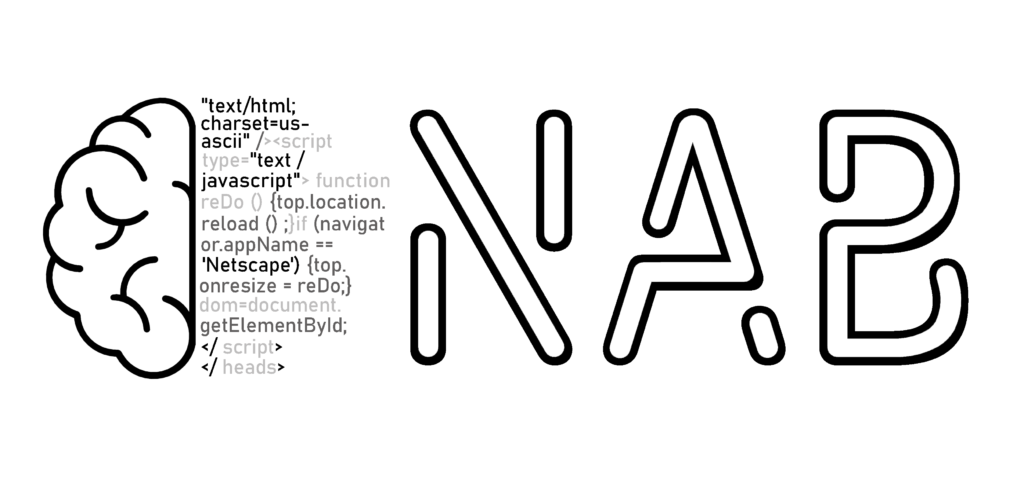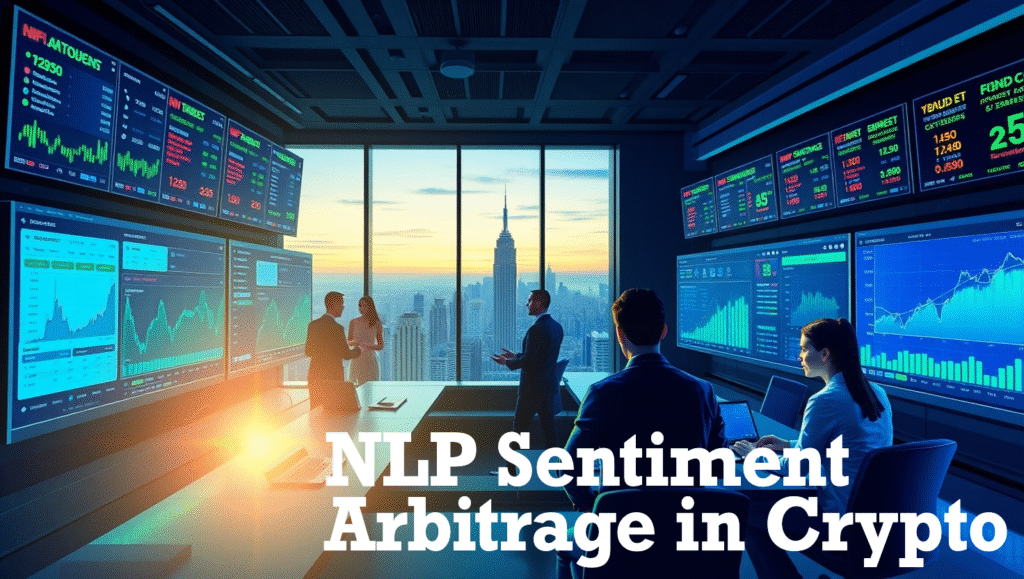In a market driven as much by narratives as by fundamentals, sentiment arbitrage has emerged as one of the most lucrative strategies for AI-native traders. With meme cycles, influencer tweets, and Discord rumors often front-running price action, understanding the emotional temperature of the market is no longer optional — it’s a competitive necessity.
This article explores how transformer-based NLP models decode trader sentiment across Twitter, Reddit, and Discord, and how NeuralArB-style bots can exploit these signals to identify altcoin spread anomalies before they hit the charts.
🧠 1. What is Sentiment Arbitrage?
Sentiment arbitrage is the practice of profiting from the lag between social sentiment shifts and price movements. While traditional arbitrage focuses on cross-exchange or cross-asset inefficiencies, sentiment arbitrage detects mood swings, FOMO triggers, or fear-induced selloffs before they manifest in on-chain behavior.
Example: A sudden spike in negative sentiment toward a low-liquidity altcoin often leads to panic sells — but if detected early, this becomes a shorting opportunity minutes before the drop.
🤖 2. How Transformers Are Used to Extract Sentiment
Unlike classic lexicon-based sentiment scoring (positive/negative word lists), modern NLP uses transformer architectures like BERT, RoBERTa, and LLaMA to analyze:
- Context-aware language (e.g., “$PEPE is dead” vs “$PEPE is dead serious about a breakout!”)
- Emoji-based cues, sarcasm, and slang
- Threaded replies, meme velocity, and engagement metrics

Models are trained on labeled crypto-specific corpora (e.g., tweets annotated by price movement direction, Reddit posts tied to volume spikes), allowing them to learn market-reactive sentiment, not just generic polarity.
📡 3. Platforms That Matter: Twitter, Reddit, Discord
Each platform plays a distinct role in early-stage signal generation:
Platform | Signal Type | Use in Arbitrage |
Short-form hype, influencer signals, FUD | Detects flash trends, e.g., Elon effect | |
Detailed community opinion, vote dynamics | Captures DAO or token community mood | |
Discord | Niche alpha leaks, governance chatter | Ideal for early DAO decisions and NFT sentiment |
Real-time webhooks or streaming APIs allow transformer models to consume and interpret incoming messages in milliseconds, feeding scores into a signal engine that correlates sentiment spikes with potential spread shifts.
Each channel contributes layered signals, which are fused into NeuralArB’s arbitrage engine.
🔁 4. From Signal to Execution: Real-Time Implementation
Once sentiment scores cross a certain threshold, NeuralArB-style systems can:
- Pre-load altcoin pairs likely to shift based on historical sentiment/price patterns.
- Scan DEXs for liquidity holes or stale AMM prices.
- Trigger execution orders within 2–5 seconds, far faster than retail bots or manual reactions.
Notably, models can also tag the type of sentiment (fear, confusion, excitement, disbelief), which informs position sizing and exit speed.
📈 5. What Triggers Actually Move Altcoin Spreads?
Not all noise matters. NeuralArB’s research shows only certain triggers correlate with exploitable spreads:
| Trigger Type | Social Signal | Arbitrage Outcome |
|---|---|---|
| 🚀 Hype Spike | A viral tweet from a KOL about a small-cap altcoin | Pre-pump arbitrage on Tier-1 vs Tier-2 exchanges |
| 🛑 Negative Sentiment | DAO vote rejection circulating on Discord | Short-term sell pressure → slippage exploitation |
| 📈 Viral Retail Buzz | Reddit posts gaining thousands of upvotes | Spread lag between U.S. and Asian exchanges |
| 🤖 Coordinated Bot Activity | Repetitive bullish spam on Telegram/Discord | Detects wash trading → counter-positioning |
| 📰 Breaking (or Fake) News | Headlines amplifying rumors | Arbitrage opportunity in overreaction gaps |
Example: In March 2025, NeuralArB detected a Discord leak about a governance dispute around a DeFi token. Within minutes, spreads between Bybit and Binance widened by 2.7%, which the system exploited automatically.
Based on real-world data and NeuralArB research, the following triggers are most actionable:
Trigger | Average Reaction Time | Typical Spread Behavior |
🧵 Thread by known trader ($COIN is undervalued) | ~3–6 min | DEX pool imbalance, 2–5% move |
💥 Meme explosion ($TOKEN to the moon) | ~2–3 min | Surge + fade (good for shorts) |
😱 FUD alert (rug rumors, exploit leaks) | ~1 min | Panic selloff on thin liquidity |
📣 Discord governance vote (e.g., emissions cut) | ~10–15 min | Long tail repricing |
What matters is not just the volume of posts, but engagement velocity (likes, retweets, thread forks), poster influence, and historical impact.
⚙️ 6. NeuralArB’s Sentiment-Arbitrage Pipeline

🎯 Filtering Noise: Signal-to-Action Precision
Social data is 95% noise. NeuralArB’s edge lies in filtering:
Time-weighting: a tweet’s relevance decays in under 10 minutes.
Cross-platform validation: a meme on Reddit with no Discord or Twitter traction is ignored.
Contextual embeddings: differentiating between jokes, memes, and serious signals.
This ensures only actionable sentiment drives trades, not background chatter.
🔐 Ethical Considerations
AI-driven sentiment arbitrage sits at the frontier of market ethics. NeuralArB ensures:
No manipulation: the platform does not seed or amplify false sentiment.
Audit logs: every trade is tied to transparent signal classification.
Crash safeguards: risk layers prevent exploiting liquidity in ways that destabilize markets.
🚀 Future Outlook: Beyond English Sentiment
Next steps in NLP sentiment arbitrage:
Multilingual signal mining: capturing Korean, Spanish, and Chinese crypto chatter.
Cross-modal analysis: memes, images, and video content sentiment scoring.
Meta-AI monitoring: detecting other trading bots running similar strategies.
💬 Frequently Asked Questions (FAQ)
What is NLP-based sentiment arbitrage?
NLP-based sentiment arbitrage is a trading strategy that uses natural language processing (NLP) models to detect mood changes on social media platforms — such as Twitter, Reddit, and Discord — before they are reflected in altcoin price movements. These models help predict early shifts in demand, panic, or hype that can be monetized through arbitrage.
How does transformer-based NLP outperform traditional sentiment analysis?
Transformer models (like BERT, RoBERTa, or LLaMA) understand context, sarcasm, and crypto slang more accurately than simple keyword or polarity-based tools. This allows them to extract actionable signals from complex, noisy, and fast-moving social conversations in real time.
Why are Twitter, Reddit, and Discord key sources for sentiment signals?
These platforms are hubs for real-time crypto discussion. Twitter hosts influencers and pump trends, Reddit reflects collective sentiment and vote dynamics, while Discord captures early DAO decisions, NFT chatter, and community leaks — all of which impact low-liquidity altcoins quickly.
How fast do sentiment signals turn into price movements?
Depending on the platform and market conditions, sentiment-based price action typically begins within 1 to 6 minutes after a major post or thread gains traction. Transformer-based bots can detect and react faster than human traders, enabling sub-minute arbitrage entries.
What kind of social triggers actually move altcoin spreads?
Common examples include:
- Viral memes or influencer tweets (up to 5% price swings)
- Exploit or rugpull rumors (panic-driven selloffs)
- DAO vote outcomes (supply/demand shocks)
- Coordinated community pumps (rapid DEX slippage)
Can I build my own NLP sentiment bot?
Yes, but it requires expertise in:
- Fine-tuning transformer models on crypto-specific data
- Real-time API integration with social platforms
- Building a trading execution engine that reacts within milliseconds
Alternatively, platforms like NeuralArB offer plug-and-play pipelines that integrate NLP with AI-based arbitrage logic.
✅ Conclusion: Social Alpha is Machine Interpreted
The gap between emotional momentum and price action is measurable — and monetizable — in milliseconds. As transformer-based models improve and LLMs ingest larger real-time feeds, the edge will shift permanently to traders who can convert raw noise into real trades.
Platforms like NeuralArB are uniquely positioned to lead this shift, fusing NLP inference pipelines with trading automation to unlock sentiment alpha at scale.


